Years later, I came to realize that my university studies in Geomorphology had greatly aided my comprehension of Korean furniture in terms of the materials employed in its construction.
During my initial visit to Korea in the mid-1980s, I was struck by the deep reverence Koreans held for wood.
An examination of the country’s geography unveils the abundance of wood species, primarily due to two factors: the peninsula’s diverse topography and its varying climate, ranging from extremely cold in the north to milder conditions in the south. This diversity fosters the growth of a wide range of vegetation.
Korea’s mountainous landscape is abundant with a diverse array of trees. Thanks to its four distinct seasons and significant temperature variations between seasons, trees exhibit pronounced annual rings, creating captivating patterns when the wood is longitudinally cut into panels.
The grain and texture of the wood, varying from one type to another, were considered crucial decorative elements and were thoughtfully arranged to enhance their aesthetic appeal. Carpenters were meticulous in their selection of materials, ensuring freedom from defects, and paid special attention to the wood’s cut to enhance its strength.
With over 1000 types of trees flourishing on the Korean peninsula, thanks to the extensive forest coverage encompassing 70% of the land, numerous finely-grained woods were at the disposal of furniture craftsmen for construction purposes.
HOW KOREAN CARPENTERS SELECTED THEIR MATERIALS.
To select a high-quality tree, Korean carpenters prioritize dense wood with uniform annual ring spacing. Secondly, it’s preferable to choose wood that is at least 30 years old, as a tree younger than 15 years is considered immature, resulting in reduced value and unsuitability for structural purposes. Typically, pine trees in Korea should be around 80 to 120 years old for every 30 cm in diameter.
Third, it’s important to choose wood with suitable knots. Live knots, formed during vigorous branch growth, remain firmly attached even as the wood dries due to their close contact with the tree trunk. Conversely, dead knots, originating from deceased branches, can easily detach when processed. An abundance of knots can diminish wood strength and lead to uneven shrinkage, causing warping or cracking.
Most Korean furniture rarely consisted of a single type of wood. Carpenters often combined up to five different wood types in a single piece, taking into account the wood grain, furniture function, and shape.
As chests were typically arranged closely together, the more visually appealing woods were reserved for the fronts. Common woods like Pine and Paulownia were employed for the tops, sides, and backs of the chests.
Our wood classification is, therefore, determined by its usage and placement on the chests.
Woods used for all parts: Pine & Red Pine, Paulownia, Gingko, Linden, Elm.
KOREAN PINE TREE
“A thousand meters above sea level… A tree stands tall with its roots deeply penetrating the rock created millennia ago. It’s a pine tree”.
“To Koreans, the pines are more than just trees. To the living, they’re mystical entities that bridged the earth and the skies, and to the dead, they’re guardians that protect the tombs”.
Throughout the world, there is an incredibly diverse range of pine trees. This species is found on most continents, and it is utilized for furniture making in every country. However, not all pine is created equal, and it is often perceived as a low-cost, inexpensive timber. In this study, we will concentrate on the primary native Korean species employed by carpenters for the construction of houses and furniture.
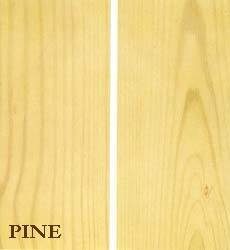
PINE
PINACEAE family, Pinus koraiensis – Softwood
Korean name: SO NAMU, 소나무
Abundant throughout the peninsula, pine exhibits a straight grain with an even, medium texture and medium-large open grain. The sapwood is white, while the heartwood is slightly darker, tending towards reddish brown. Its straight-grained wood, coupled with its uniform texture, makes it exceptionally easy to work with. However, due to its open grain, it readily absorbs moisture. This wood is cost-effective, often available at a lower price in the market compared to many other softwoods and hardwoods. Several factors contribute to its affordability, including its high availability and fast growth.
Conifers, commonly used for construction materials, are typically straight trees, making it simple to obtain large pieces of lumber. They also dry rapidly after being logged, and their high sap viscosity contributes to resistance against rot. Pine is frequently stained with a dark finish and is commonly used for various parts of furniture, especially for kitchen furniture and chests.
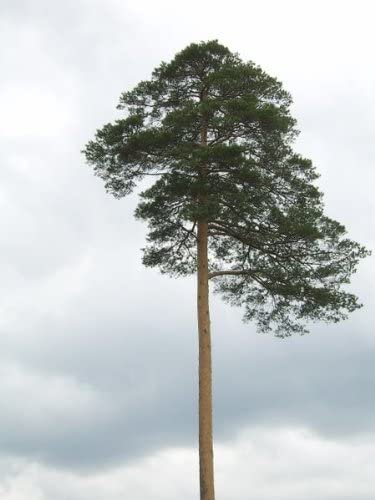

Korean pine encompasses several species, including land pine (Korean name: 육송), sea pine (Korean name: 해송), and red pine (Korean name: 홍송). However, this classification is an oversimplification, as there are actually many more species.
The most prevalent pine trees in Korea are often referred to as land pine, in contrast to the sea pine found along the coast.
Sea pine, as depicted in the photo below, is not ideal for constructing houses or furniture due to its non-straight trunk, making it challenging to obtain large boards. Land pine, on the other hand, grows relatively quickly, resulting in a more open grain, which can affect certain properties such as its durability and the beauty of its grain.
The bark is initially gray-brown and smooth, but it matures to a gray-black, scaly appearance, often peeling on larger trees. The sapwood is white, while the heartwood tends to be slightly darker, with a reddish-brown hue. This wood features a straight grain and a consistent texture, making it relatively resistant to warping. It’s easy to work with and was frequently stained with a dark finish, commonly used for various components of chests.
In contrast, red pine is notably heavier, denser, and stronger compared to land or sea pines.
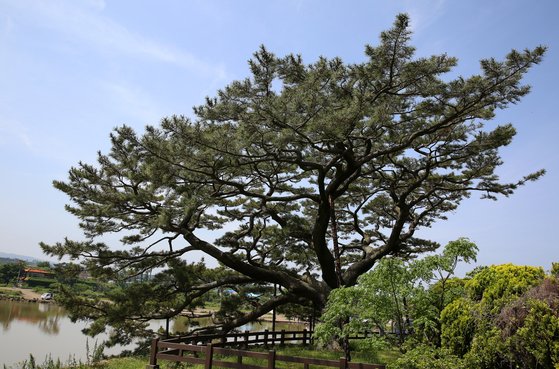
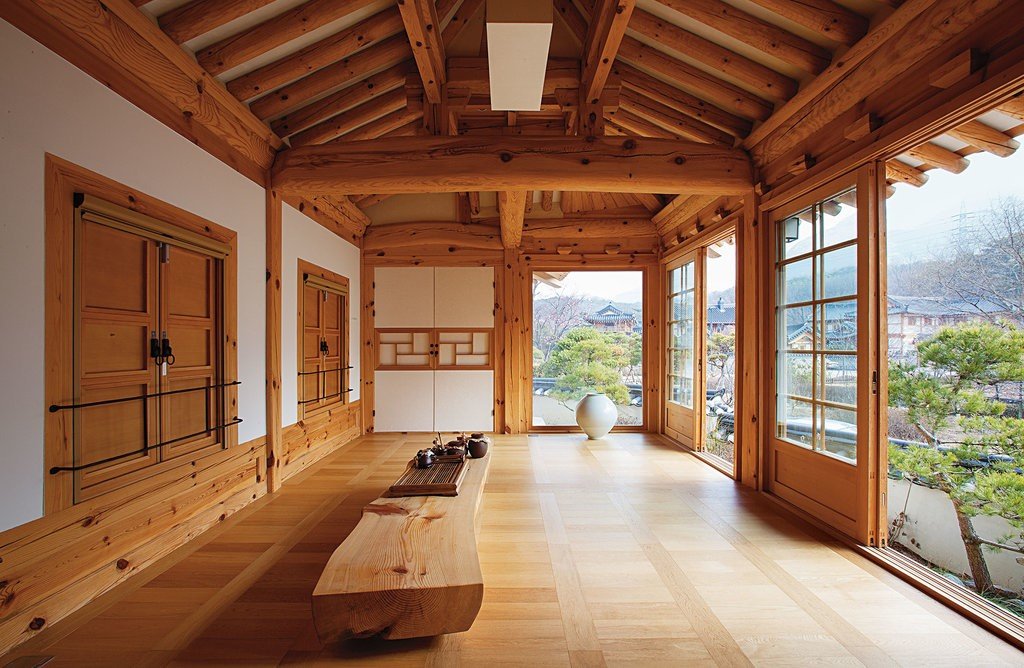
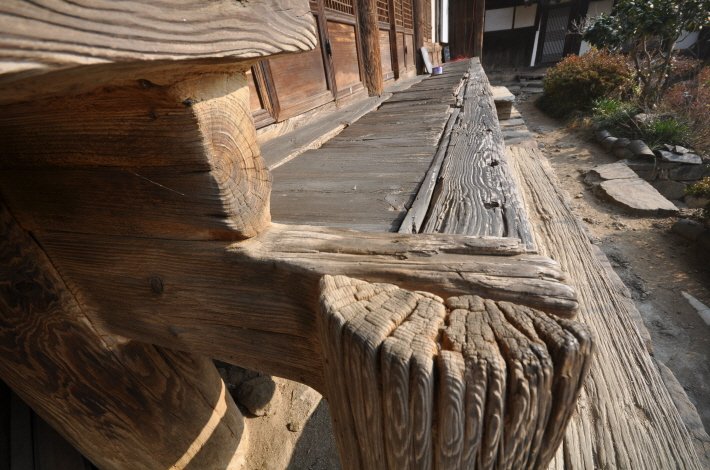
Pine trees are the most commonly used tree species for pillars in “Hanok,” the traditional Korean house, as well as for indoor furniture.
They exhibit minimal shrinkage and expansion and are found throughout Korea. The wood grain is fine, and it retains its shine even without the application of oil.
Due to its soft and stable appearance and texture, pine wood is favored for various pieces of stationary furniture, including bookshelves, clothing chests, and men’s quarters cabinets. Its resilience to moisture makes it suitable for kitchen furniture such as cupboards, side dishes, and sobans.
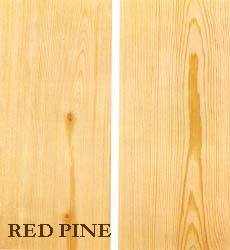
RED PINE
PINACEAE family, Pinus densiflora – Softwood
Korean name: 홍송, widely known as “Chunyang-mok”, or “Hwangjang-mok” (黃腸木) meaning a tree with a red inside
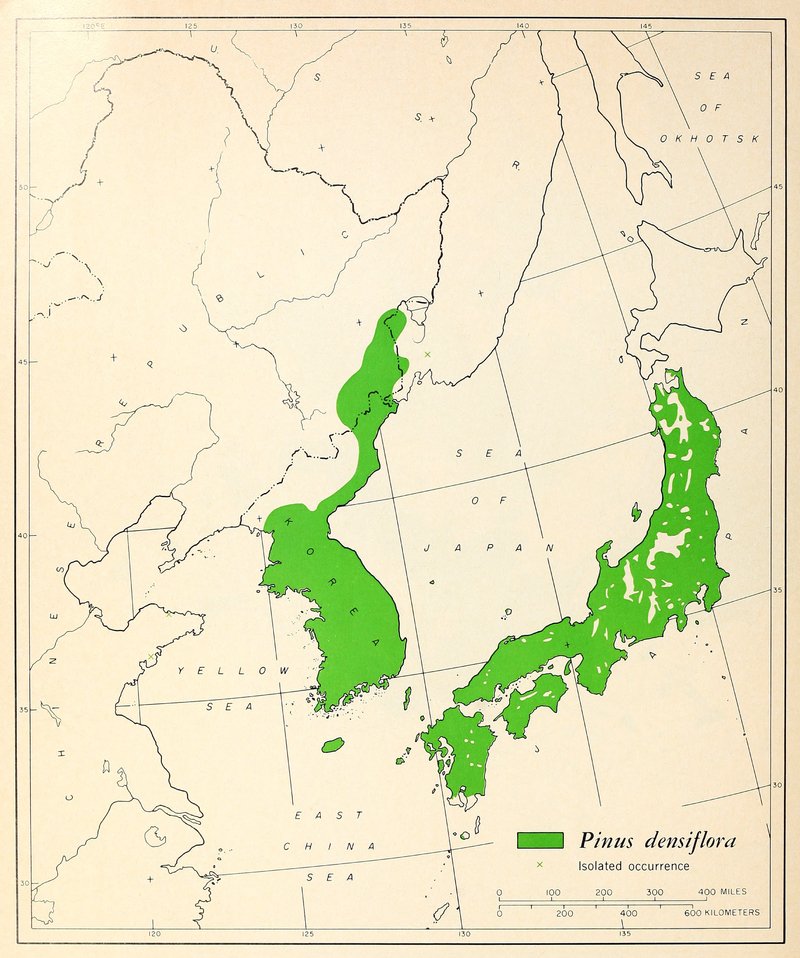
The wood can be identified by its color, appearance, and grain. The heartwood color of red pine is light brown to reddish-brown, and the color of sapwood is pale yellow and sometimes white. Its color darkens over time. This wood has numerous dark brown circular knots, and the cut side has a red hue, which is why it’s called red pine. Compared to other pine varieties, the gap between the tree rings is narrower and denser. It thrives in a harsh environment, resulting in less deformation such as warping or splitting, and it boasts a transparent and beautiful color and texture. It can be considered the highest quality wood produced in Korea.
The bark is thick and gray-brown at the base of the tree but becomes thin, flaky, and bright orange-red in the upper crown. The tree’s name is derived from this distinctive characteristic. Some red color may be visible in the crevices of the bark.
Moderately heavy and hard, this wood was commonly used for various wooden structures, including bandaji. It is known as a superior-grade wood and is typically more expensive than regular pine. Also referred to as “Chunyang-mok“, it is predominantly found in the Chunyang and Bonghwa areas in the southern province of Gyeongsang Do. Additionally, it thrives in the eastern part of the Taebaek mountains in Gangwon Do province at elevations of 600 meters or higher above sea level.
Because of these exceptional qualities, red pine wood was favored for constructing yangban’s houses and crafting high-end furniture.
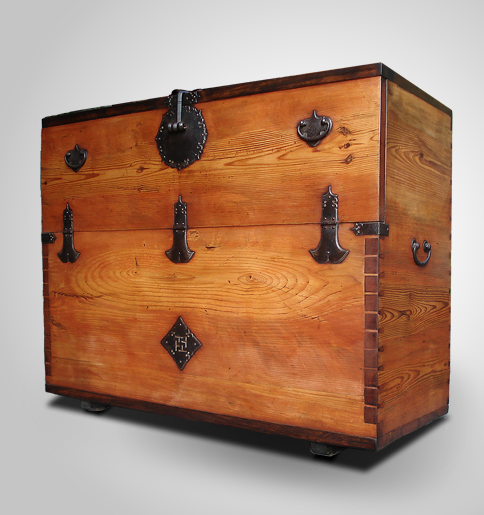
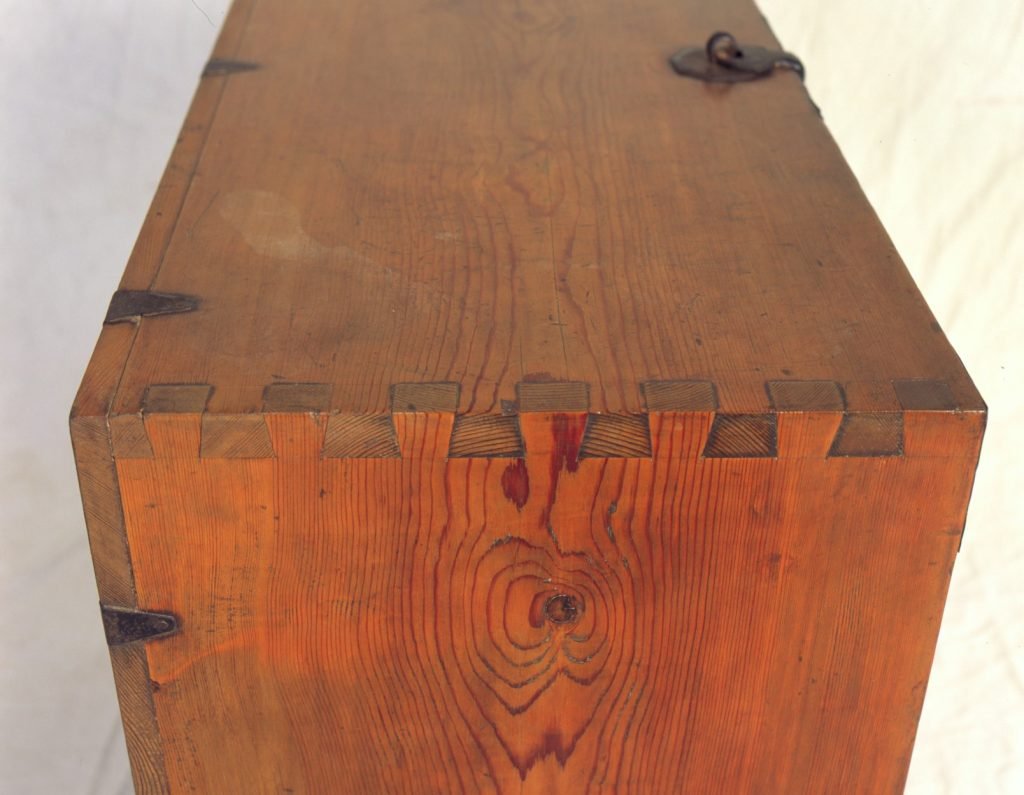
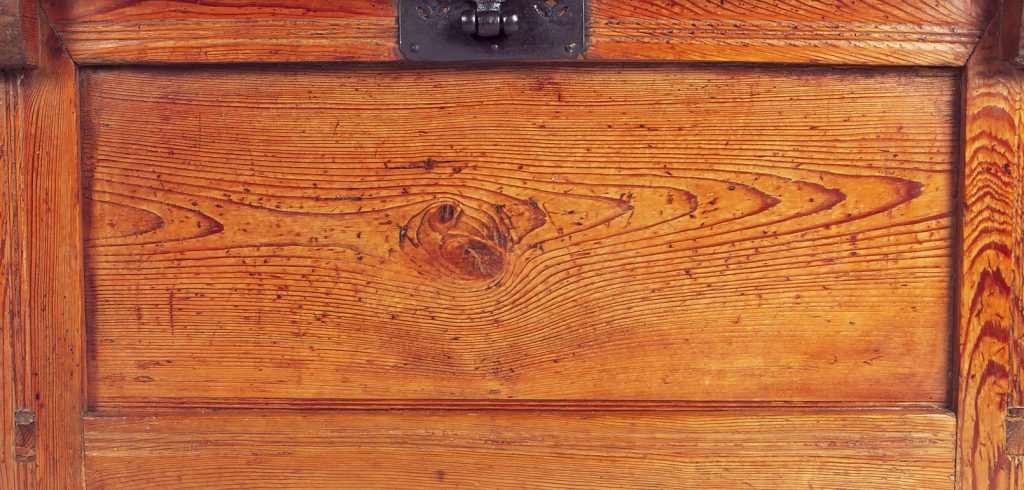
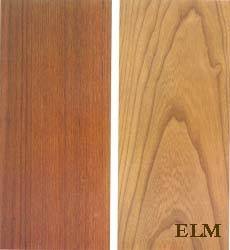
ELM
ULMACEAE family – Hardwood
Korean name: – NURUP NAMU, 느릅나무
Beautiful yellowish brown wood considered high quality timber. It tend to warp or crack if not properly dried. Heavy, strong and very closed grained. The heartwood is dark brown or red with a sapwood thin and pale. Clearly defined growth rings provides an attractive figure. elm was used for all parts of furniture as well as for front panels.
APPENDIX: ELM vs PINE
It seems that many people struggle to distinguish between the grain patterns of pine and elm wood. Here’s a visual guide that I hope will aid in identifying these two types of wood. When closely examining the grain of the wood, you’ll notice that in the case of pine, there is a distinct contrast between the dark and light areas. The dark area appears continuous, like a shadow. On the other hand, in the case of elm, the dark area is made up of numerous small lines.
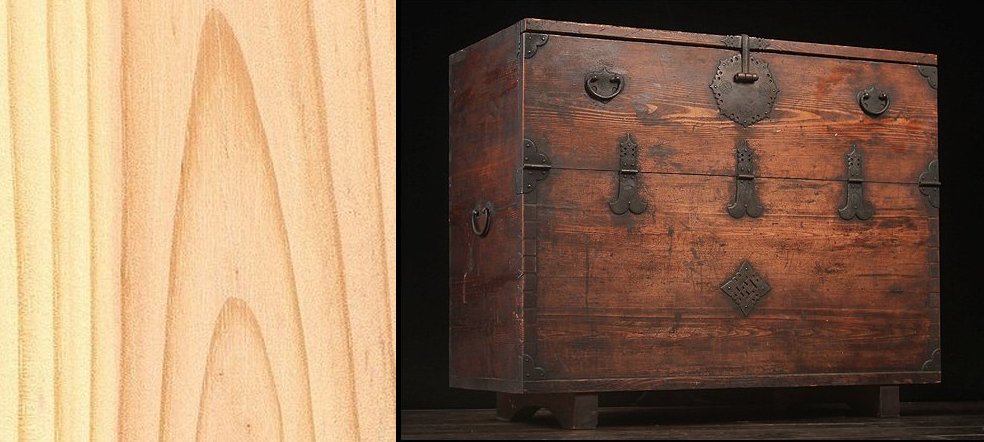
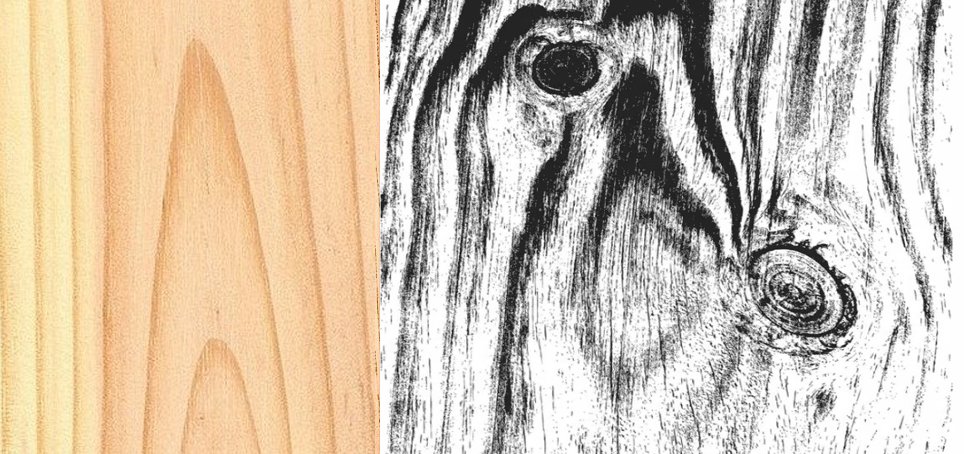
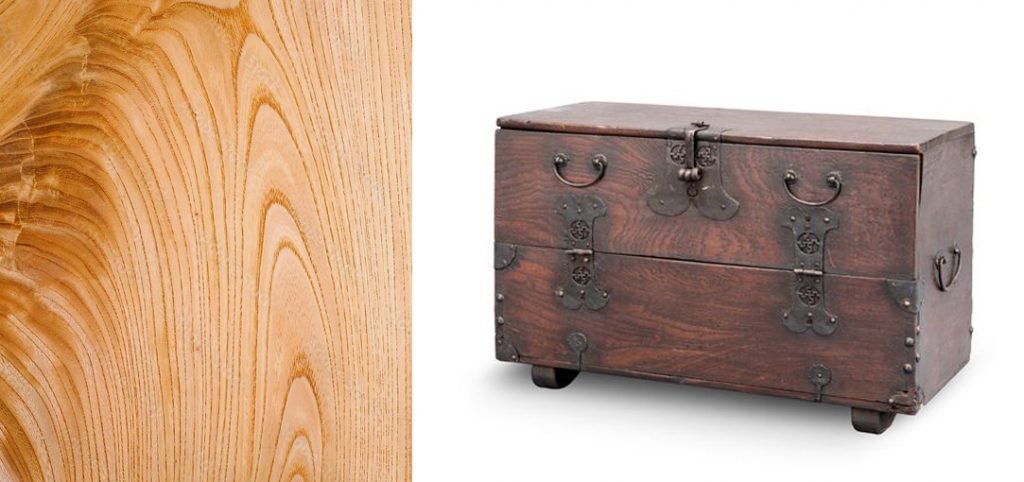
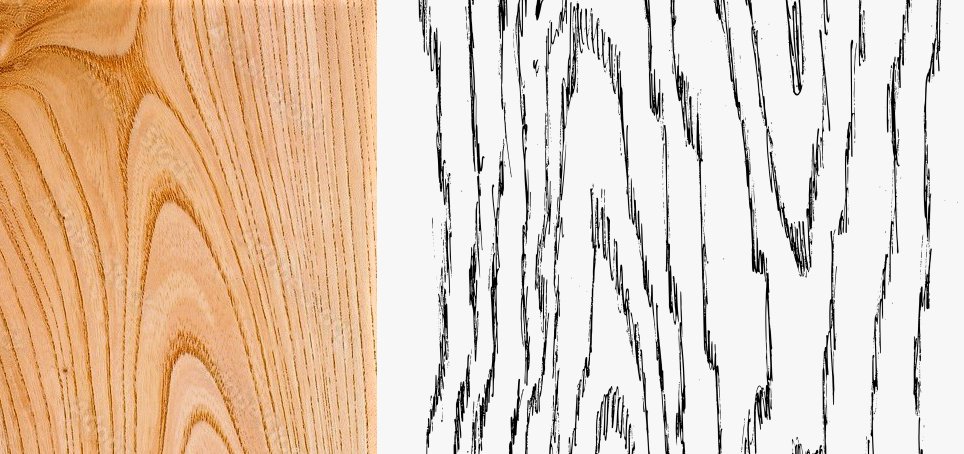
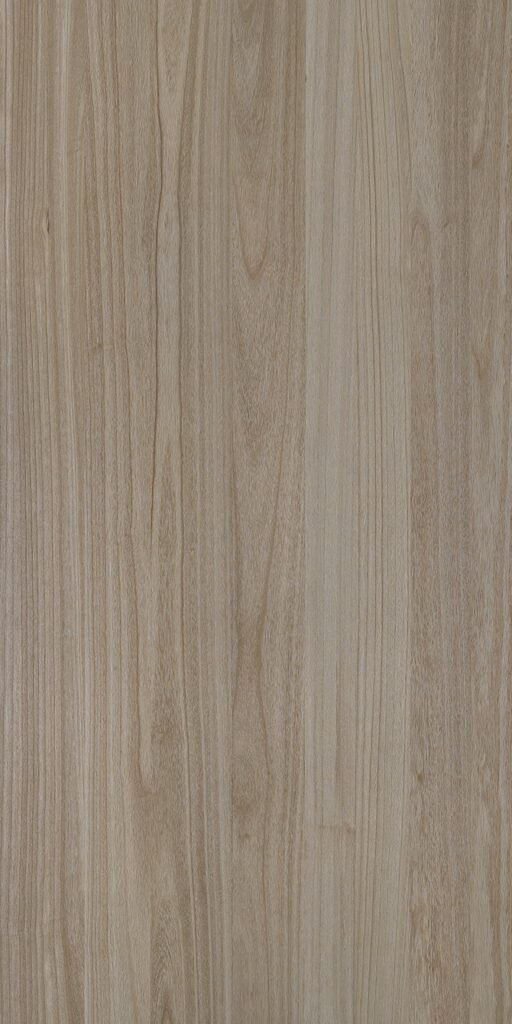
PAULOWNIA
SCROPHULARIACEAE family – Softwood
Korean name: ODONG NAMU, 오동나무
This tree is native to Eastern Asia and can be found in all parts of the peninsula. It grows rapidly and does not warp. It is lightweight and soft, making it very easy to work with. The reddish-brown heartwood exhibits a beautiful satin-like sheen on its surface after being polished. Paulownia wood was utilized in the construction of various furniture components. Due to its natural resistance to wood-boring insects, it was particularly common in clothing chests, especially those known as “Nong”.
Paulownia wood is perfect for storing items that are susceptible to moisture, such as paper and clothes, because the special fiber allows for effective moisture and humidity control. Additionally, it remains lightweight without breaking even when the boards are thin.
The only drawback is that the board’s color is white and its surface is soft. To address this issue, when used outdoors, the surface is uniformly pressed with a hot iron and charred, followed by rubbing it with rice straw to remove the soft fibers and create a firm texture.

During this process, the naturally darkened color of the board is more appealing than artificial painting. It lacks gloss, making it an ideal primary material for furniture in “Sarangbang” men’s quarters. Wide boards are used to construct Jang, Nong, Ham, while high-quality boards are reserved for stationary furniture such as bookcases, bookshelves, and boxes.”
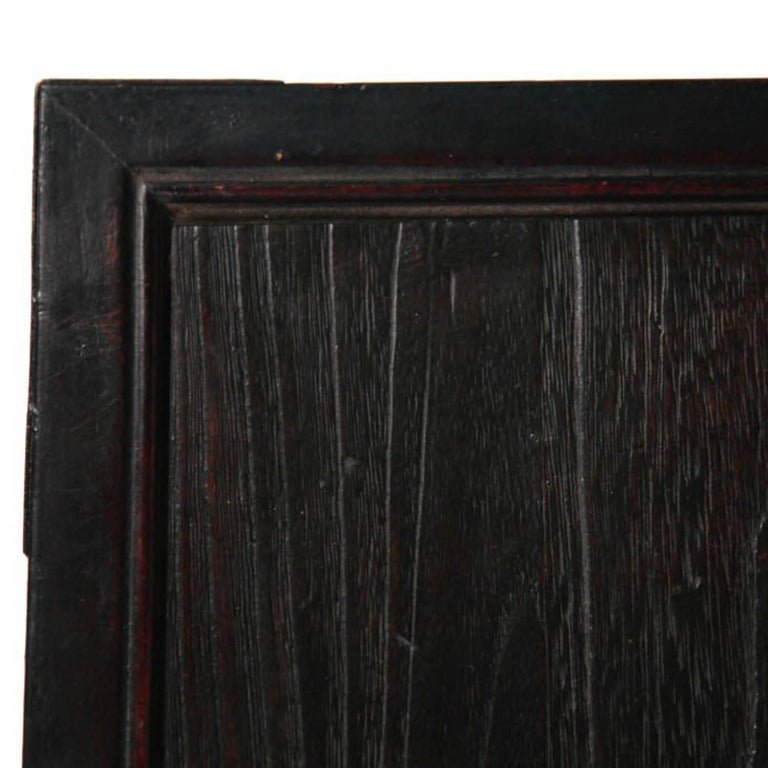

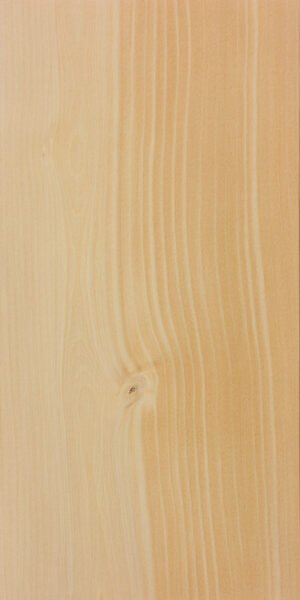
GINKGO
SALISBURYACEAE family – Hardwood
Korean name: UNHAENG NAMU – 은행나무
The Ginkgo wood has a straight linear grain and is of a dense texture. Ranges from light orangish brown to nearly white. Very subtle color difference between annual growth rings with fairly homogenous appearance. This wood was used for small objects such as dining trays called “Soban” in Korean as it has overall good working properties, particularly with hand tools where its softness can be used to advantage in things like carving or joinery. Glues and finishes well.
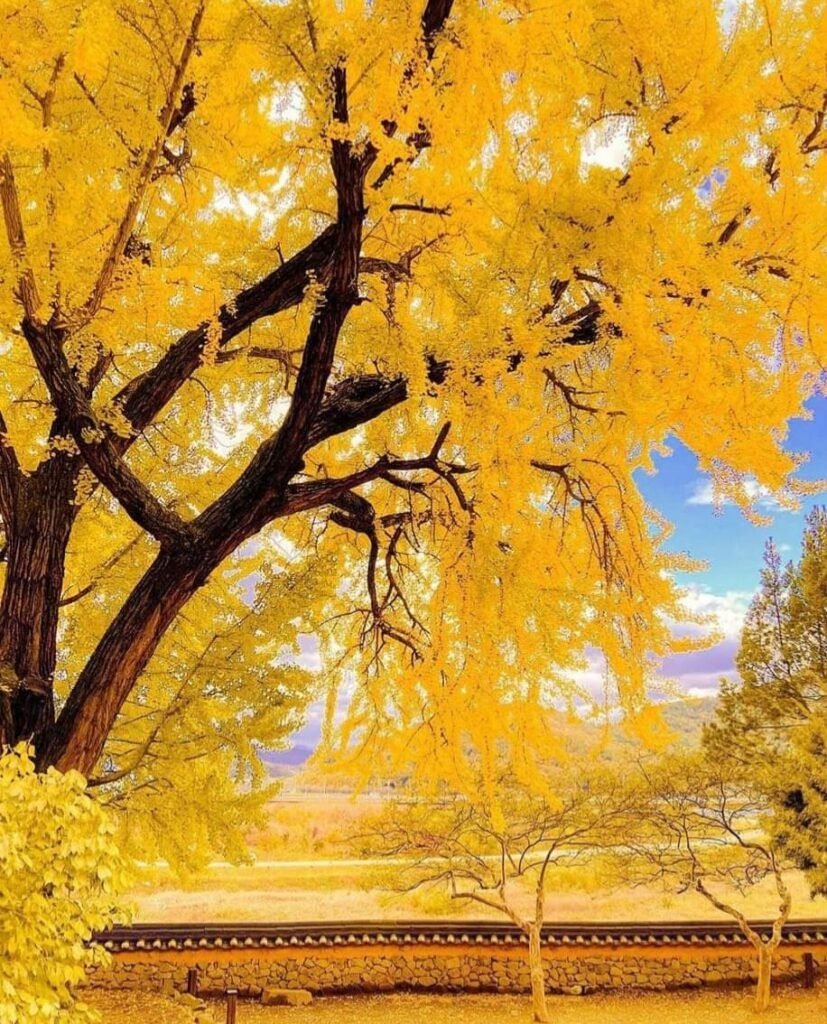
Geumsidang, Miryang
582-1 Hwalseong-dong, Miryang-si, Gyeongsangnam-do, Korea
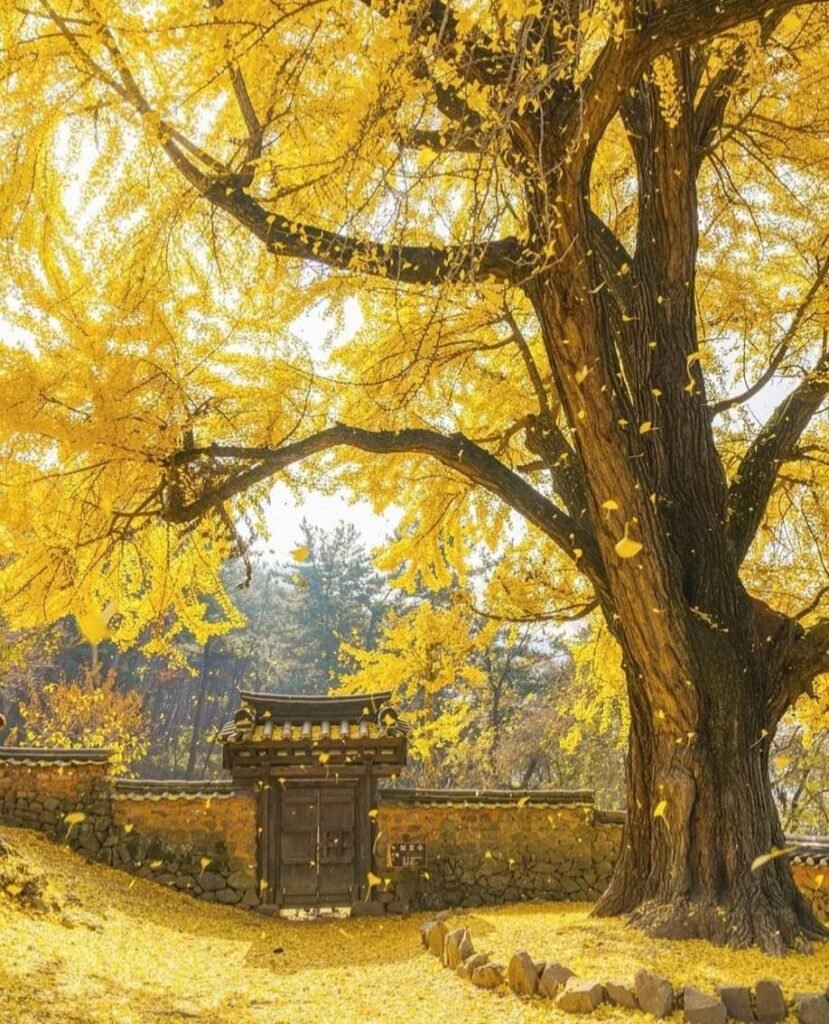

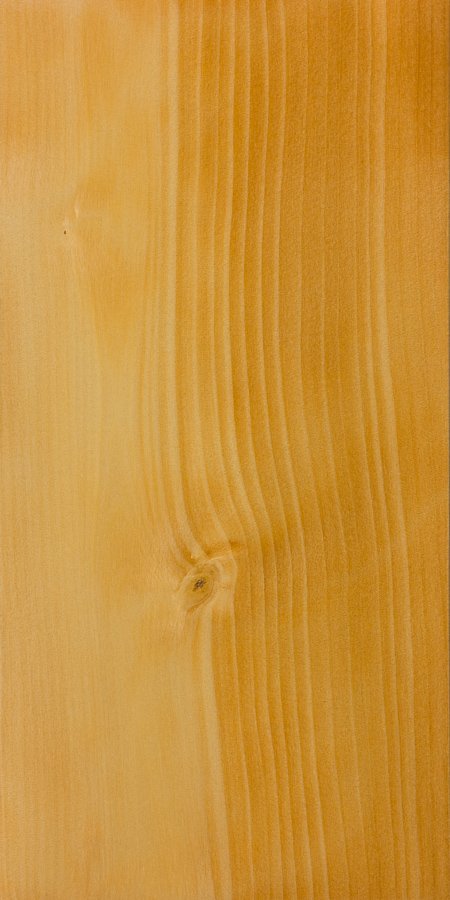
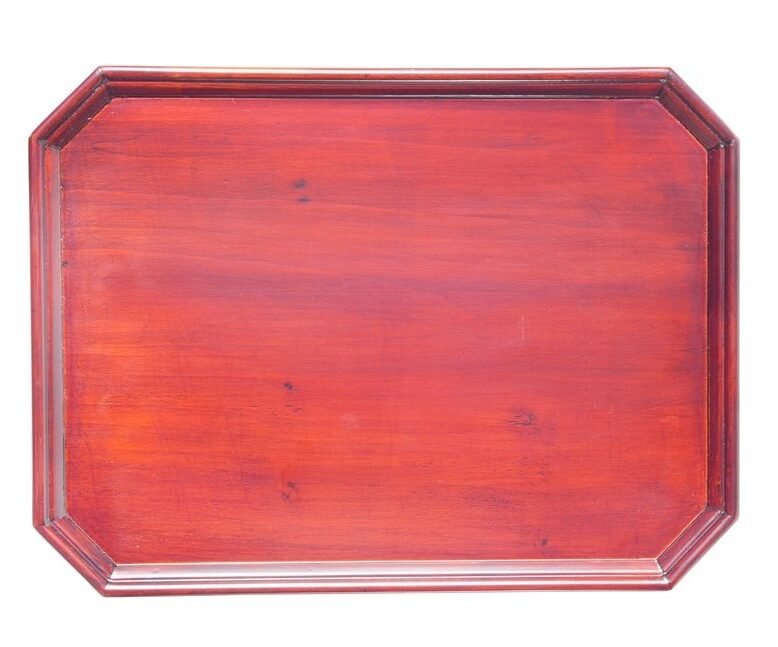
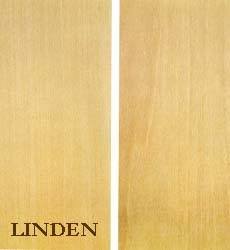
LINDEN
TILIACEAE JUSSIEU family – Softwood
Korean name: PI NAMU – 피나무
It has a very pale yellowish color and split easily. Its grain is not very attractive. It was used in the Northern part of the peninsula which is today North Korea and is common on Sung Sun I and Pyong Yang bandaji.

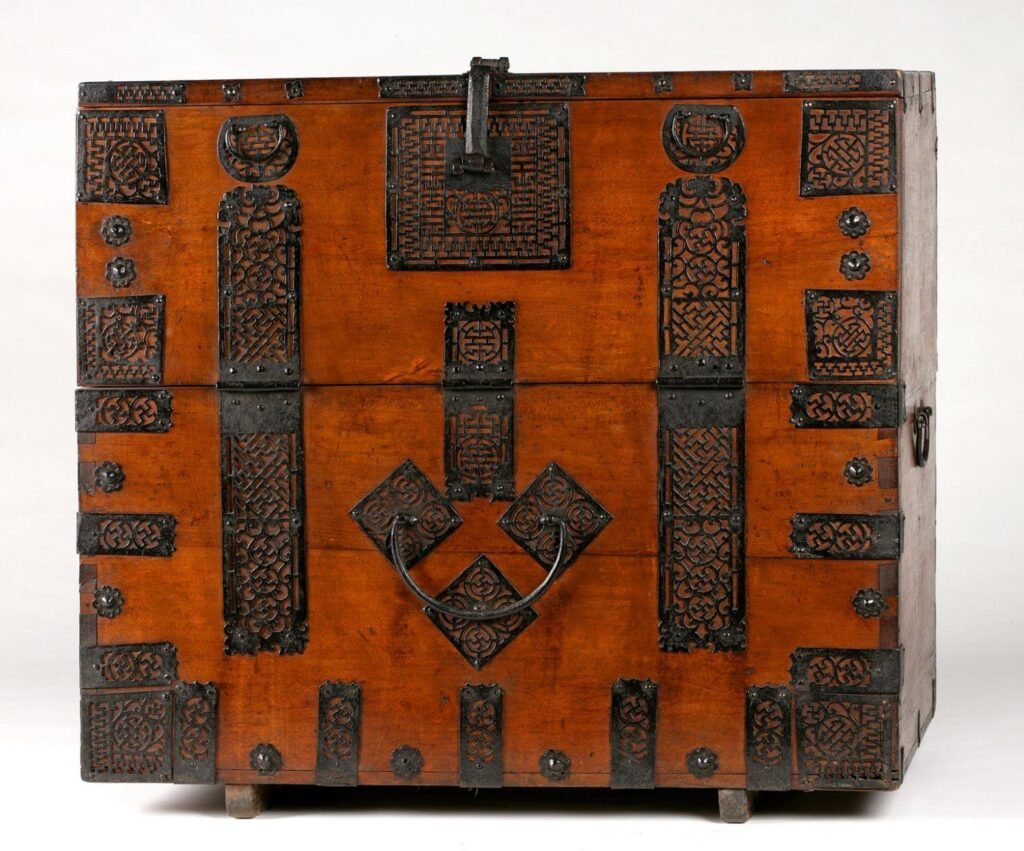
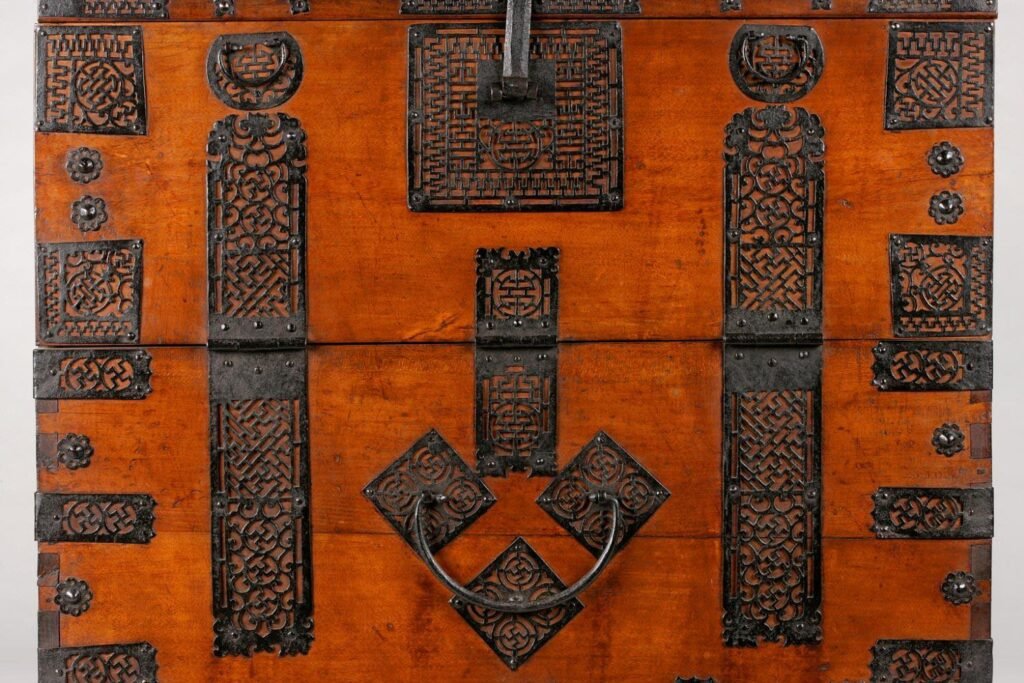
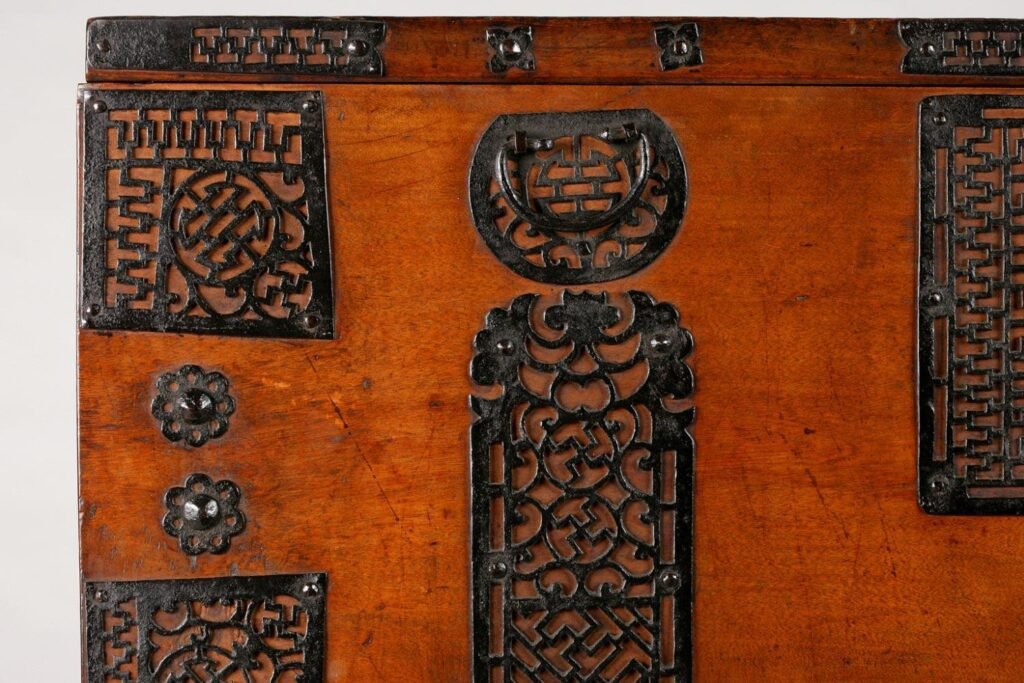
Chest (Bandaji)
Late 19th – early 20th century, Korean. 33 1/2 x 37 x 20 1/8 inches (85.1 x 94 x 51.1 cm).
Collection: Philadelphia Museum of Art.
The bandaji, as the most essential type of furniture for a Joseon dynasty household, was produced throughout the Korean peninsula, and each region developed its own unique style. The elaborate ironwork on this piece is typical of works made in the northern region, possibly the Pyongyang area. Pyongyang chests can also be recognized by the type of wood used; linden wood does not have a strong grain pattern and therefore complements the openwork decoration of the iron fittings. Pine, paulownia, or zelkova were more commonly used in other parts of the peninsula.
Woods used for front panels: Zelkova, Persimmon, Maple, Cherry, Korean Ash,
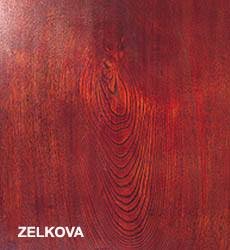
ZELKOVA
ULMACEAE family – Hardwood
Korean name: NEUTI NAMU, 느티나무
Zelkova belongs to the ELM family and is native from Southern Europe, Southwest and Eastern Asia.
The wood is hard with a beautiful deep grain which made it valued in Korea and used to make furniture of high quality.
Korean ZELKOVA is also known as ZELKOVA SERRATA or KEYAKI in Japan. It is called 느티나무 neutinamu in Korean.
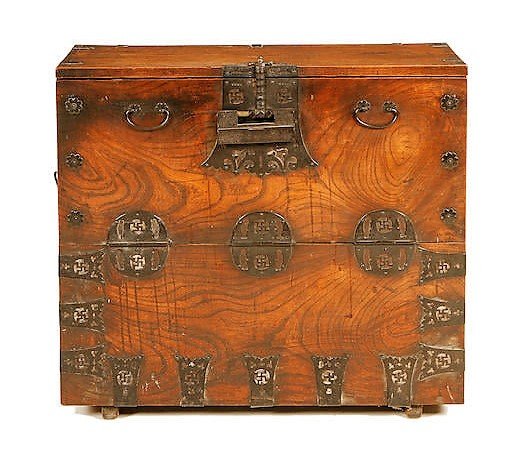
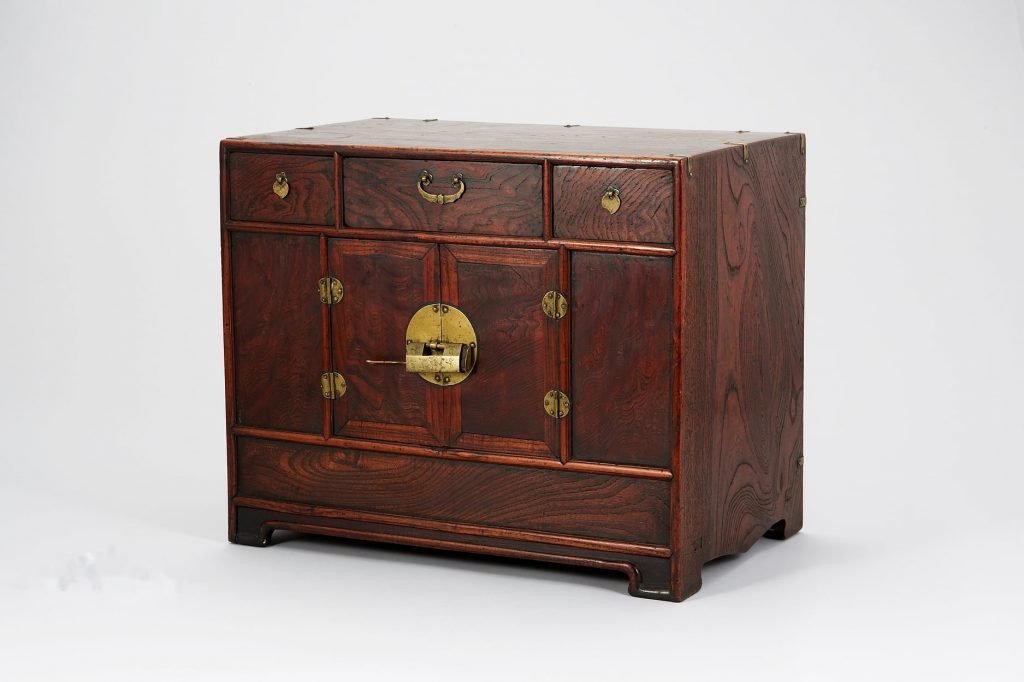
Late 19th century. Gyeonggi province.
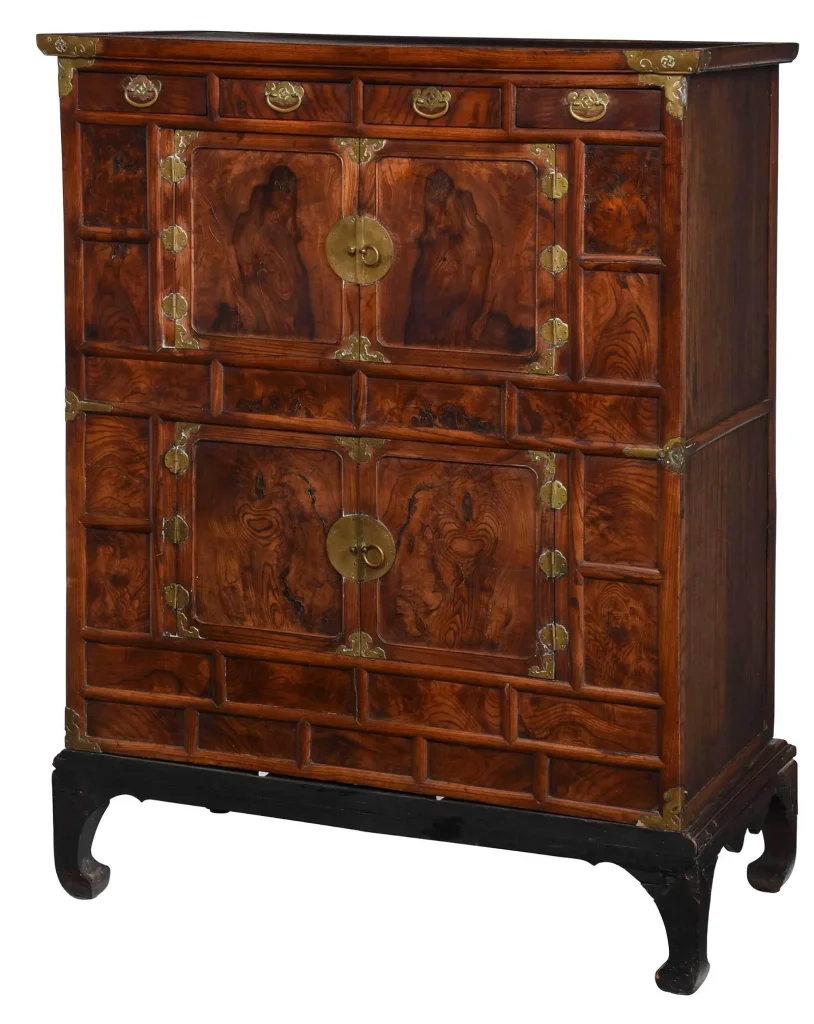
In Korea, Zelkova serrata has been regarded as a symbol of protection for villages since ancient times and can still be found planted at central points in cities, towns, and villages throughout the country. These trees often stand beside small pavilions, serving as shaded informal gathering places and spaces for traditional rituals and ceremonies that involve prayer and offerings to the tree.
The majority of zelkova plantations are situated in the southern part of the peninsula. As a result, it is natural that this wood has been more widely used for furniture in provinces such as Gyeongsang and Jeolla.
Zelkova is considered a noble wood with a particularly fine grain and was highly sought after for crafting furniture for the nobility in Gyeonggi province, where Seoul is located today.

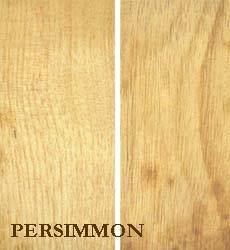
PERSIMMON
EBENACEAE family – Softwood
Korean name: KAM NAMU, 감나무
Heavy, strong, and tightly grained wood, primarily used for crafting small furniture items like boxes. Persimmon wood was meticulously polished to achieve an exceptionally smooth and lustrous finish. This wood was commonly found in the southern part of the peninsula and was valued for its striking contrast of colors: a dark grain pattern at its center juxtaposed with a light brown honey color on the outside. However, due to its propensity to crack, it was often applied as a veneer on wardrobes.
Persimmon was also called Ink tree in Korea because of its dark black color.
It was employed in stationary furniture like document boxes, tables, head-side chests, and various boxes found in the “sarangbang“. In the women’s quarters, large “Jang” chests, consisting of two or three levels, were crafted using persimmon wood to achieve “mirror-image” designs.
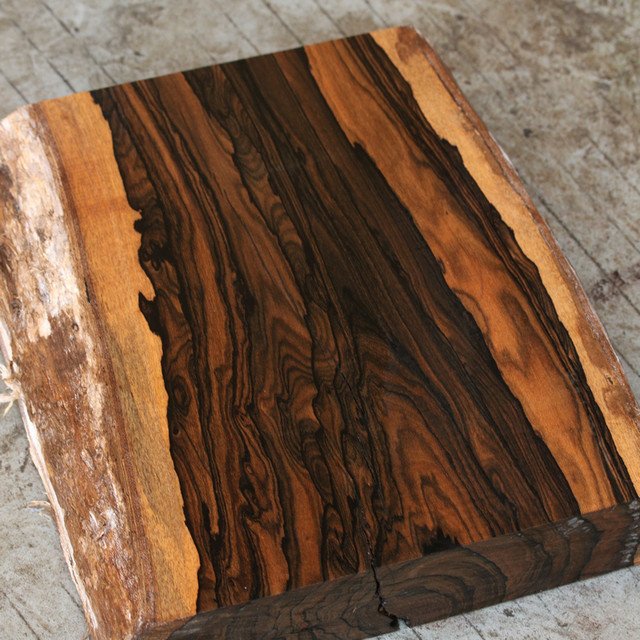
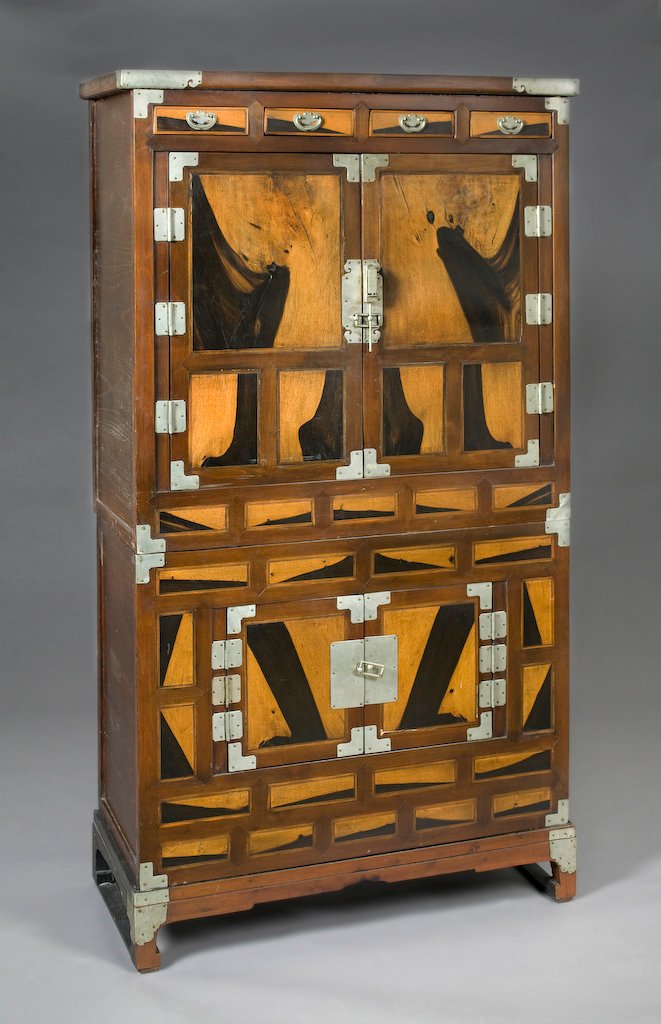
Collection : Albert and Weisman Museum of Art. Minneapolis, Minnesota, USA.
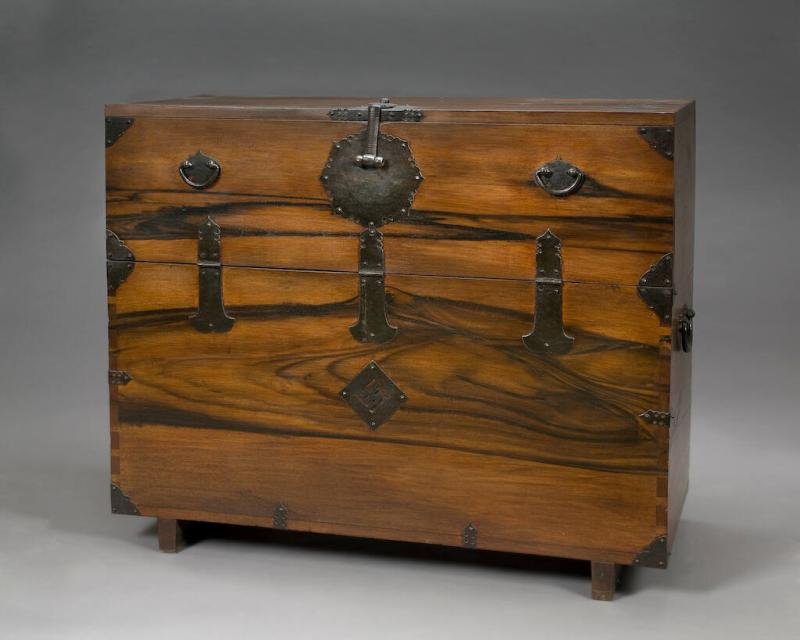
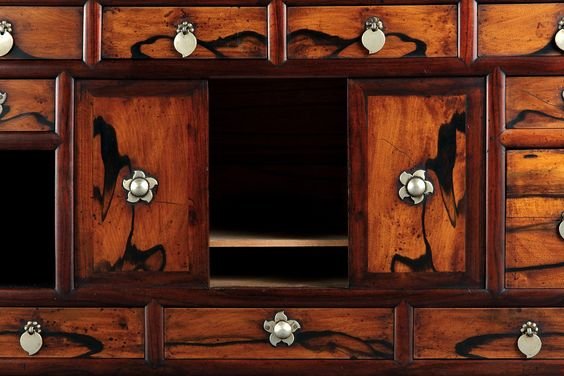
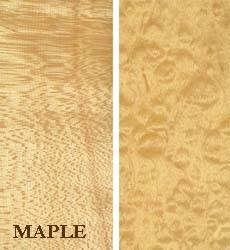
MAPLE
ACERACEAE family – Hardwood
Korean name: TANP UNG NAMU, 단풍 나무
Dense, sturdy, and robust. Creamy white in color.
Maple wood exhibits a fine and uniform texture with predominantly straight grain. However, variations, such as birdseye, tiger, flame, curly, wavy, rippled, or fiddleback grain, can occur and are often chosen for crafting specialty artisan furniture. Figured wood typically arises from stress, injury, or disease in the tree as it grows.
Korean maple shares similar ornamental qualities with Japanese maple but offers a higher level of resilience.
It was traditionally used for veneers on “Jang” or multi-level chests.
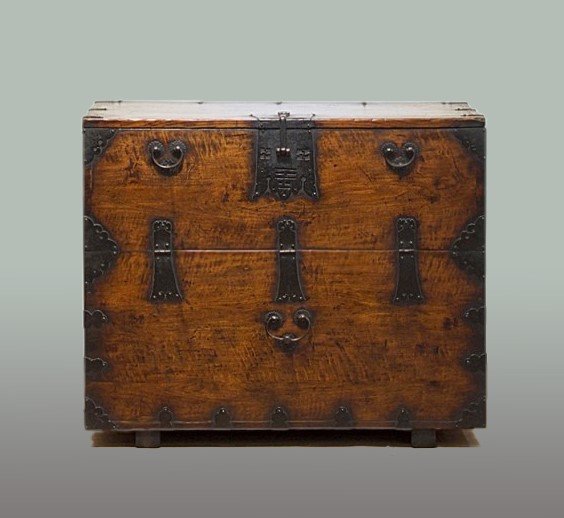
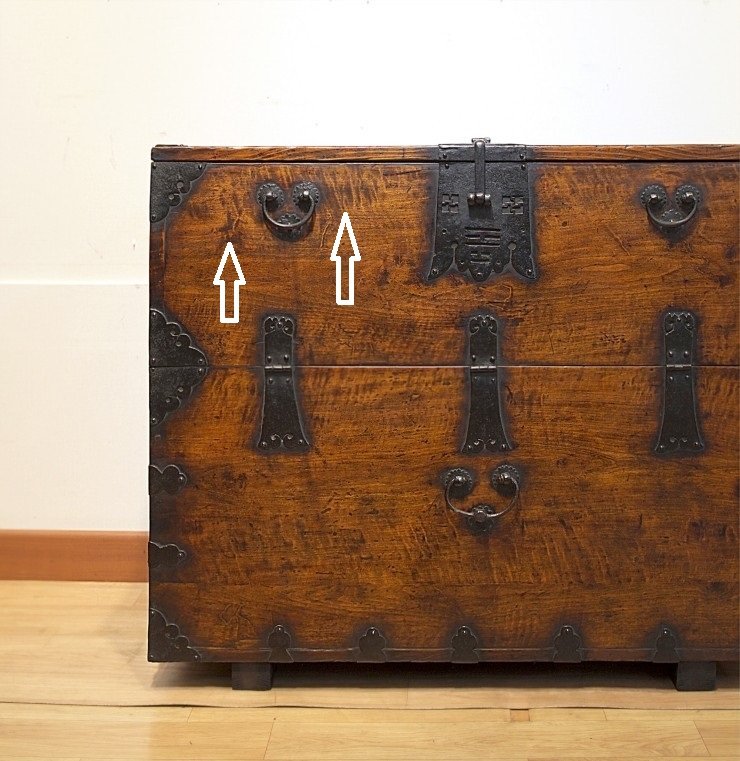
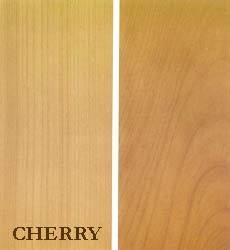
CHERRY
AMYGDALACEAE family – Hardwood
Korean name: POT NAMU, 벚나무
With creamy pink sapwood transitioning to pale brown heartwood, Cherry wood possesses a fairly fine, straight grain. It does have a tendency to warp and shrink, making it primarily used as a veneer for front panels on clothing chests (Jang).
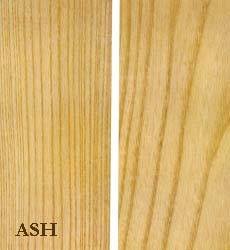
ASH
CELASTRACEAE family – Hardwood
Korean name: MULP URI NAMU,물푸레 나무
Gray-brown with a reddish tinge, it is a straight-grained wood with minimal shrinkage. It is not very common, tends to be expensive, and was often utilized for paneling on high-class furniture.
Woods used for frames: Pear, Walnut, Red Oak, Jujube.
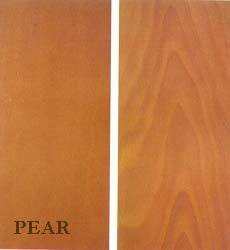
PEAR
PYRUS family – Hardwood
Korean name: PAE NAMU, 배나무
The sapwood is pale yellow-apricot, and the heartwood ranges from pale pink to brown. The grain is typically straight but can sometimes be irregular. It is a strong and stable wood when in use. However, it is typically available in small sizes and was consequently used to make frames.
PRINCIPAL KOREAN WOODS IN TRADITIONAL FURNITURE MAKING. Edward Reynolds Wright & Man Sill Pai – KOREAN FURNITURE Elegance & Tradition.
| NAME | PROPERTY | GEOGRAPHICAL DISTRIBUTION | PRINCIPAL USE |
| Pine, “So Namu”. Pinus Densiflora. | Softwood | All parts at most altitudes. | All parts of furniture |
| Zelkova, Nutui namu. Zelkova serrata. | Hardwood | Central & southern altitudes of 50 to 1200m. | Front panels, but all other parts as well. The veneer of the roots and burls “Yong Mok” is also used for front panels |
| Paulownia, “Odong namu”. Paulownia Coreana. | Softwood | Central and southern altitudes of 50 to 400m. | All parts. Especially for wedding boxes, book storage chests and Nong. |
| Persimmon, “Kam namu”. Diospyros kaki. | Softwood | South, altitudes of 100 to 700m. | Usually for front panels. |
| Pear, “Pae namu” Pyrus serotina. | Hardwood | All parts | Usually for frames, sometimes for small boxes. Good for carving. |
| Ginkgo, “Unhaeng namu”. Ginkgo biloba. | Hardwood | All parts, low altitudes to 500m. | All kinds, Mostly used for serving tables (Soban), inkstone boxes, Good for carving. |
| Birch, “Pakdal namu”, Betula Schmidtii. | Hardwood | All parts, altitudes of 300 to 2000m | For small pieces such as laundry beaters and wooden pillows. Pegs or dowels for joinery. |
| Bamboo, “Tae namu”. Sasa spiculosa. | Hardwood | Southern coastal areas, low altitudes | Sometimes in slats or strips for panels. beds. Pegs and dowels for joinery. |
| Walnut, “Hodo namu”. Juglans sinensis. | Hardwood | Central & southern altitudes of 50 to 400m. | Serving tables and frames. |
| Jujube or Chinese date, “Taechu namu”. Zizypfius jujuba. | Hardwood | All parts, altitudes 100 to 500m. | Principally for frames, pegs and dowels for joinery. |
| Pine nut, “Chat namu”. Pinus Koraiensis. | Softwood | All parts, altitudes 100 to 1900m. | All parts |
| Juniper, “Hyang namu”. Juniperu. | Softwood | All parts except Pyongan and Hamgyyong, altitudes lower than 800m. | All parts of wardrobe and clothing chests. Inside drawers, shelves. Considered insect repellent. |
| Chestnut, “Pam namu”. Castanea crenata. | hardwood | All parts, altitudes 100 to 1100m. | All parts of furniture. popular with lower classes because of availability. |
| Maple, “Tanpung namu”. Acer formosum. | Hardwood | All parts, altitudes 100 to 1600m. | For front panels. |
| Elm, “Nurup namu”. Ulmus davidiana. | Hardwood | All parts, altitudes 100 to 1200m. | Sometimes for front panels and frames. |
| Cherry, “Pot namu”. Prunus serrulata. | Hardwood | All parts, altitudes 100 to 1500m. | Front panels. |
| Red oak, “Chamjuk namu”. Tooha sinensis. | Softwood | Hwanghae and jeolla, altitudes of 100 to 600m. | Especially for wardrobe chests and frames for display and book storage, stands “takja” Good for carving. |
| Lime or basswood or linden wood, “Pi namu”. Tilia amurensis. | Softwood | All parts, altitudes 100 to 1400m | Furniture panels, Especially used in north for bandaji. Sometimes for soban |
| Korean ash, “Mulpuri namu”. Eunymus sieboldianus. | Hardwood | All parts except Hwanghae & south Pyongan, altitudes of 550 to 1300m | Front panels |
Photos hereunder courtesy of Yeonginsan Forest Museum, Chungcheong province.













